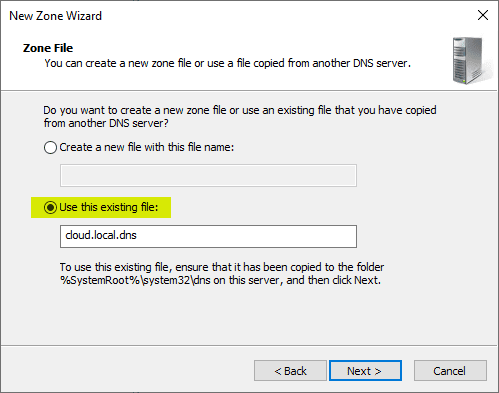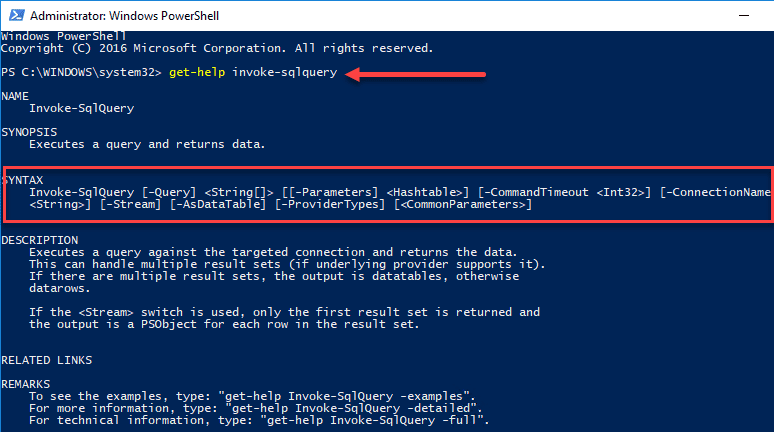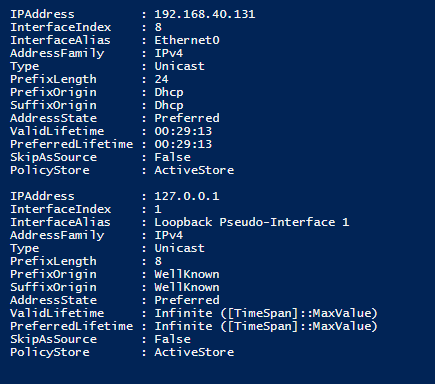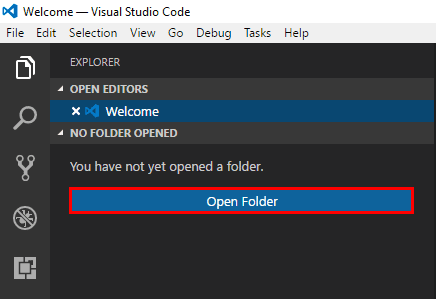Manage Your vSphere Environment Using PowerShell
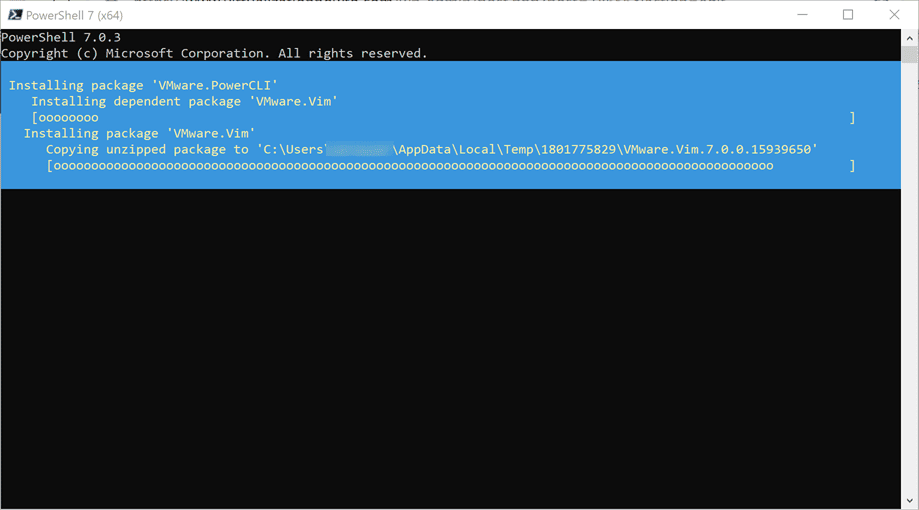
Automation is the “king of the road” when it comes to managing today’s fast-paced infrastructure. VMware vSphere is an environment that greatly benefits from automation and allows organizations to lower the TCO of the environment, scale more easily, and have a much more efficient operation of their virtualized environment powered by vSphere. PowerShell has gained popularity as the scripting language of choice among many IT operations professionals, including virtualization administrators overseeing vSphere environments. In this post, let’s take a look at how to manage your vSphere environment using PowerShell and what is involved to get started.
Why PowerShell for managing VMware vSphere?
There are many different scripting languages that work with VMware vSphere. You might ask the question – why Powershell? PowerShell is a powerful tool that many administrators, including vSphere administrators, are using. PowerShell is a relatively easy language to learn and is built on very easy to understand verb/noun constructs that most can relate to. It is very “human readable”.
Additionally, VMware vSphere has a special-purpose PowerShell module that is affectionately known as PowerCLI that allows VMware administrators to interact with vSphere environments with native cmdlets provided for vSphere-specific operations. This is freely available for download.
VMware has also made PowerCLI much easier to install now than it used to be. The PowerCLI installation can easily be installed by the simple command:
Install-Module VMware.PowerCLI
Once you have the PowerCLI module installed in PowerShell, then you have a simple command to connect to your vCenter Server:
connect-viserver <your vcenter IP/FQDN>
Why Automate VMware vSphere Tasks with Powershell?
You may wonder, why should I automate tasks in vSphere? Can’t you do the same thing in the vSphere Client? Doesn’t it take a long time to develop a script to perform certain actions? All of these questions make valid points. There will often be significant time involved with very complex scripts that perform very complex workflows. However, managing vSphere with PowerShell doesn’t have to be complicated to get started.
You can perform very simple information gathering with PowerCLI that allows you to gain valuable information from your vSphere environment. There are many very simple one-liner PowerCLI scripts that can be extremely powerful to filter VMs in your environment to obtain certain types of information.
You can start easily getting information such as all the VMs that are powered on in the environment, adding NIC cards to a virtual machine, cloning virtual machines, creating, managing, and removing snapshots. The list goes on and on. I really like the fact as well with managing VMware with PowerShell, there are many scripts and other snippets that are freely available on forums, blog posts, official community sites, etc.
The time to real benefit and value is with PowerCLI and vSphere is generally very quick. Even as good as the new HTML 5 vSphere Client is, it is still cumbersome to perform certain actions and tasks with the GUI. Using the command line by way of PowerShell to manage your vSphere environment is certainly the way to go.
When it comes to scaling across huge environments, managing your vSphere environment with PowerShell allows you to do this effectively and efficiently.
Manage Your vSphere Environment Using PowerShell
For those that are interested in learning more about how to manage your vSphere environment using PowerShell, StarWind is hosting a webinar explaining this subject in greater detail and how you can use PowerShell to automate, simplify, and speed up your daily vSphere activities.
What will you learn in the webinar?
- Learn about the PowerShell “Plugin” for vSphere
- Learn use cases for PowerShell scripts
- Learn how to apply examples to real-world scenarios
Who will benefit from the webinar?
- Sysadmins who are looking to automate and simplify tasks in the vSphere environment
- Save time and effort that can be dedicated to other tasks in the environment
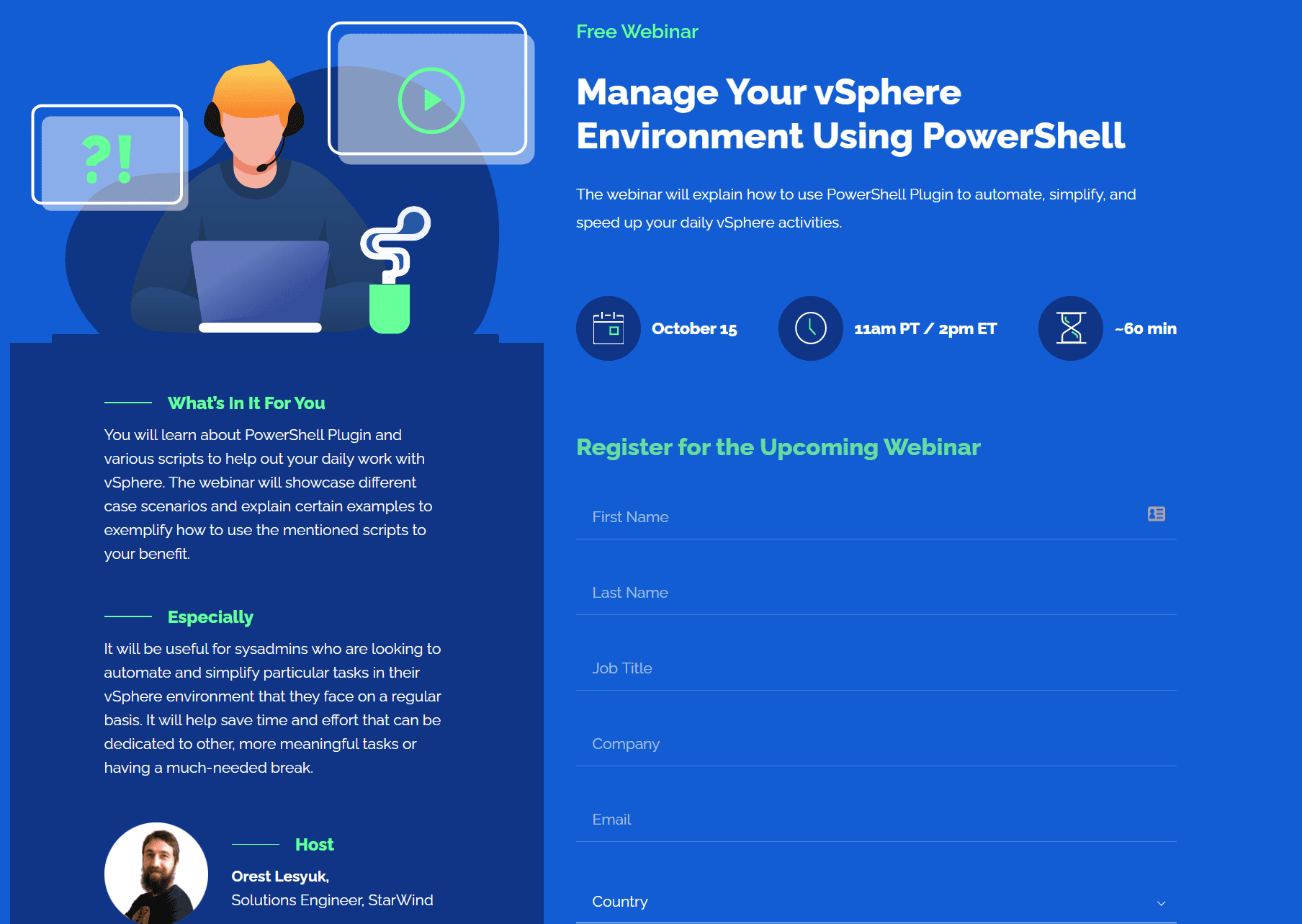
I really like these types of webinars where you can get real-world examples of how you can apply the ideas presented. I think automating vSphere with PowerCLI is a great skill for vSphere admins as well as IT admins in general. With the tremendous pace that most businesses are moving, IT operations and vSphere administrators need to be able to support activities as needed, and at scale. Learning how to manage VMware with PowerShell can certainly help with this end goal.





